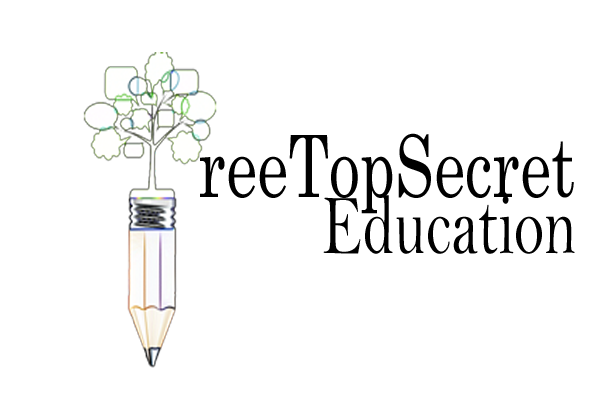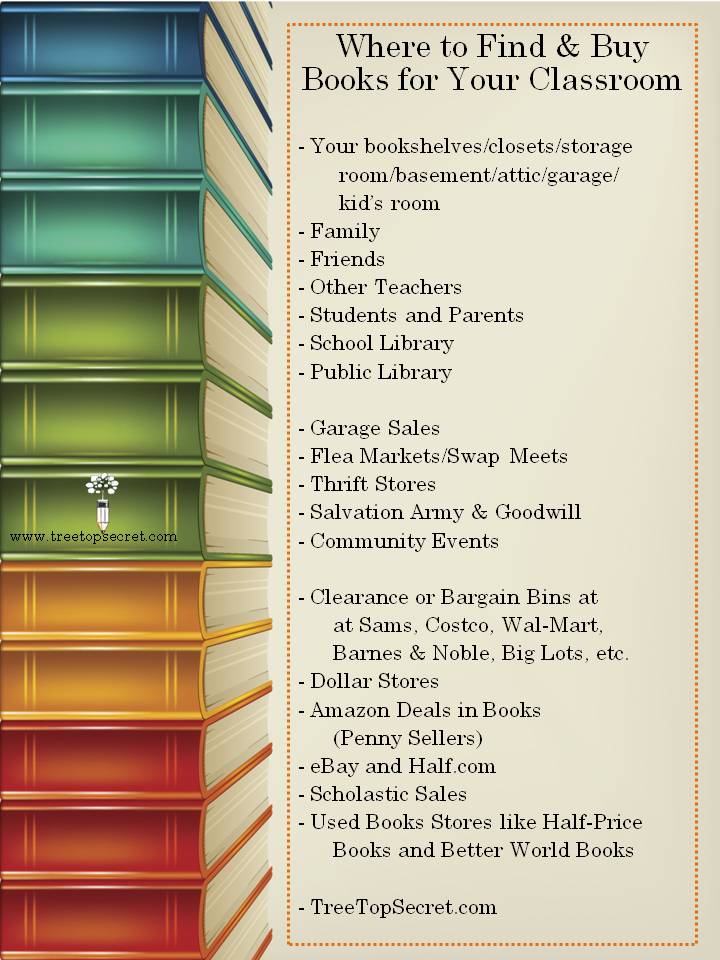Where to Find and Buy Books for Your Classroom
You may not be blessed with having inherited a set of books when you moved into your classroom.
When I first started teaching, I walked into a bare classroom that had exactly three books sitting on a shelf. The three books were at a 1st grade level and one of the books was in Spanish. I was serving as a reading interventionist and teaching 5th grade science and social studies that year. Stating the obvious here… those 3 books were not gonna cut it.
I had to scramble in order to find what I consider a lifeline in every classroom… Beautiful, Mind-Altering, Vacation Taking, and Bring the  World to Your Fingertips… BOOKS.
World to Your Fingertips… BOOKS.
I have a few practical tips to help you build-up your book inventory. These include some places where generous souls might give them to you for free and a few places where you can find bargain basement prices. As a teacher, you’ll have to dig into your own pockets for many things. In the beginning, I spent money on the wrong things like too many inspirational posters, games with never-ending instructions, and stickers (oh boy, way tooooo many stickers). The money I spent on books was an investment. Books saved me time and energy, but they also helped me bring worlds, real and imaginary, to my students.
Taking Inventory
Start by taking an inventory of your classroom. This is a great idea for all the materials and resources in your classroom, but for our current task you’ll want to focus on organizing your books by alphabet or category.
Alphabetical order is an easy and quick way to list what you have. If you prefer to categorize, then organize by subject areas, topics, reading level, or genres. You can use Amazon.com as a tool for identifying the reading level or Lexile Measure and grade level of many books. Just run a search of the title on Amazon.com, scroll to the Product Details section, and look for grade level or Lexile Measure. Scholastic also has a system called the Book Wizard and it can help you identify the Lexile Measure for books.
Finding Books
Now the hunt begins.
Free is Good
Start by checking all the hidey-hole places you have at home. We have a storage room in our home that I affectionately like to call the Black Hole. You may find that you have some long lost books hiding in your closets, storage rooms, garage, basement, attic, or garage. You might even find a few sitting on a shelf or in a bookcase. If you have children, then ask them to donate books they longer want or need. They’ll find a great new home in your classroom library.
Send the word out to family and friends. Let them know you are in need and all books are welcome. Take everything that comes your way. You may find that some of the books are not a good fit for your students, but you can always donate them to teachers at your school. An easy way to do this is too place the books in a bag or old box. Write or add a sign that lets everyone know the books are FREE.
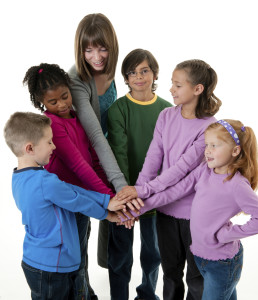 Speak with your students about your idea to add books to the classroom library. Ask them to consider making a donation of books they no longer want or need. Explain that they will need their parent’s permission to make a donation. Send a note home to their parents and explain the need and your request. You may want to suggest that parents and/or the student write DONATED BY The Ingalls Family or Child’s First Name and the date on the inside front cover of the book.
Speak with your students about your idea to add books to the classroom library. Ask them to consider making a donation of books they no longer want or need. Explain that they will need their parent’s permission to make a donation. Send a note home to their parents and explain the need and your request. You may want to suggest that parents and/or the student write DONATED BY The Ingalls Family or Child’s First Name and the date on the inside front cover of the book.
Ask your fellow teachers f they have any extra books they can donate to your classroom library. You can place a short hand-written note in their mailbox at school. You can also send individual emails to a few teachers. Focus on teachers who teach one grade above or below yours. You can always check with your grade level partners, but unless they have books boxed away they may be using all their books in their own library.
Be sure to send a thank you card to everyone who makes a donation. A nice touch would be to have your students sign their first name to the card. I’m feeling the warm fuzzies, aren’t you?
Borrowing
Don’t forget to check your school library for books. Not all libraries are well-stocked so don’t set your hopes too high. When I first realized that building a classroom library was up to me, I decided to visit the school library… I had a rude awakening. I was going to teach science and social studies so I went to those sections in the library. There was a small (less than 15 books) section of science books. In terms of social studies books, there were a few biographies and a couple of atlases.
I hope your library is nicely stocked.
Your school or librarian may have limits on the number of books you can borrow or the length of time you can keep the books in your room. You’ll need to do some planning before you meet with your librarian. Think about what you’ll be working on during the reporting period. Will you be working on any specific units or long-term projects. For example, you may be working on character comparisons, cause and effect, context clues, space, life science, colonization, or the American Revolution.
Meet with your librarian and explain your plan. She/He will be able to quickly identify the books you’ll need for your unit or project. Sweet-talk and sweets may convince your librarian to extend the limit of books you can borrow or the amount of time you can keep them in your classroom.
If the school library leaves you wanting, then you may want to try the public library. Be advised, they usually have a low limit of the number of books you can check-out. However, they probably have a room or small area where they sell old books for a deep discount. I hit pay-dirt when I visited our library and purchased many books for 25cents each.
Buying
Used books are available in so many places. You’ll want to visit the Salvation Army, Goodwill, thrift stores, used books stores, flea markets, swap meets, community events, and garage sales. You’ll invest a little time to conduct your search, but if you need to build a classroom library then this approach will help you save money. That first year I partnered with the teacher-next-door and we hit as many garage sales as we could find. We found some wonderful items for our classroom décor and many books for our reading corners… We had a blast!
New books are nice if you can get them at a discounted, bargain, or clearance price. Some of my favorite places for cheap-cheap-cheap books are Sams, Costco, Wal-Mart, Barnes & Noble, Big Lots, and Dollar Stores. Your best bet for saving money is finding the clearance sections and bargain bins. Chat up a store clerk or manager and let them know you are a teacher who is searching for bargains on books. They may offer up information about regular sales events, price-reduction days, or opportunities for coupons and discounts. Be sure to sign up for their free rewards programs or discount clubs.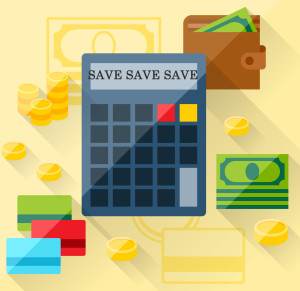
The online marketplace is a wonderful place to source books. Amazon has a section called Deals in Books. Search for deals in children’s books and sort prices from low to high. If you have specific titles in mind, then do a search for the book. You may find some penny sellers. Many of these sellers have high customer ratings. Don’t be alarmed by the penny price tag – these are legitimate offers. These sellers make their money on the shipping and handling fees. Make sure you select a seller with a high rating, verify that the shipping and handling cost is acceptable, and place your secure order through the Amazon shopping cart. Amazon has a wonderful reputation for protecting their customers. If you do have any problems, then notify Amazon immediately and they’ll help you. I’ve bought and sold items through Amazon over the years, and I believe they have the customer’s best interests at heart.
Search eBay and their book site called Half.com. They often package books by topic, author, or publisher. The packages are then placed out for bids – you may find a deal that’s just too good to pass up.
Scholastic has many options for you to build your book inventory. School book fairs are one option. Check with other teachers, the librarian, or the school district coordinator and ask if the district hosts a sale after the book fairs are completed. Some districts host a huge sale and you’ll be able to find some amazing deals.
Scholastic hosts their own sales through their online Teacher Store and their Scholastic Warehouses.
Scholastic also has Reading Book Clubs where you can earn points towards books and classroom items. You accumulate points when students, their parents, and you order books.
Tree Top Secret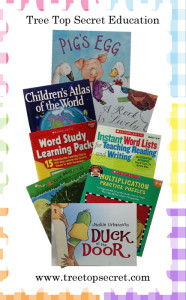
We have a great selection of new books in our Tree Top Secret Shop. We host workshops throughout the year and attend conferences when possible. We often recommend books that correspond to the topics we are covering.
Be sure to click on over to the Tree Top Secret Shop and explore what we have available for reading, writing, math, science, social studies, and teacher resources.
Wrap-up
So there you have it… several ways to find and buy books for your classroom library. Please send an email my way and let me know what worked for you. Please share any other ideas you may have and I’ll update the post with your suggestions. My email is vlopez@treetopsecret.com
If you know someone who can use this information, then please share it with them.
Here’s to Your Book Quest!
Veronica Lopez,
Educational Consultant
